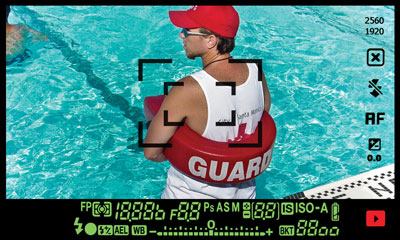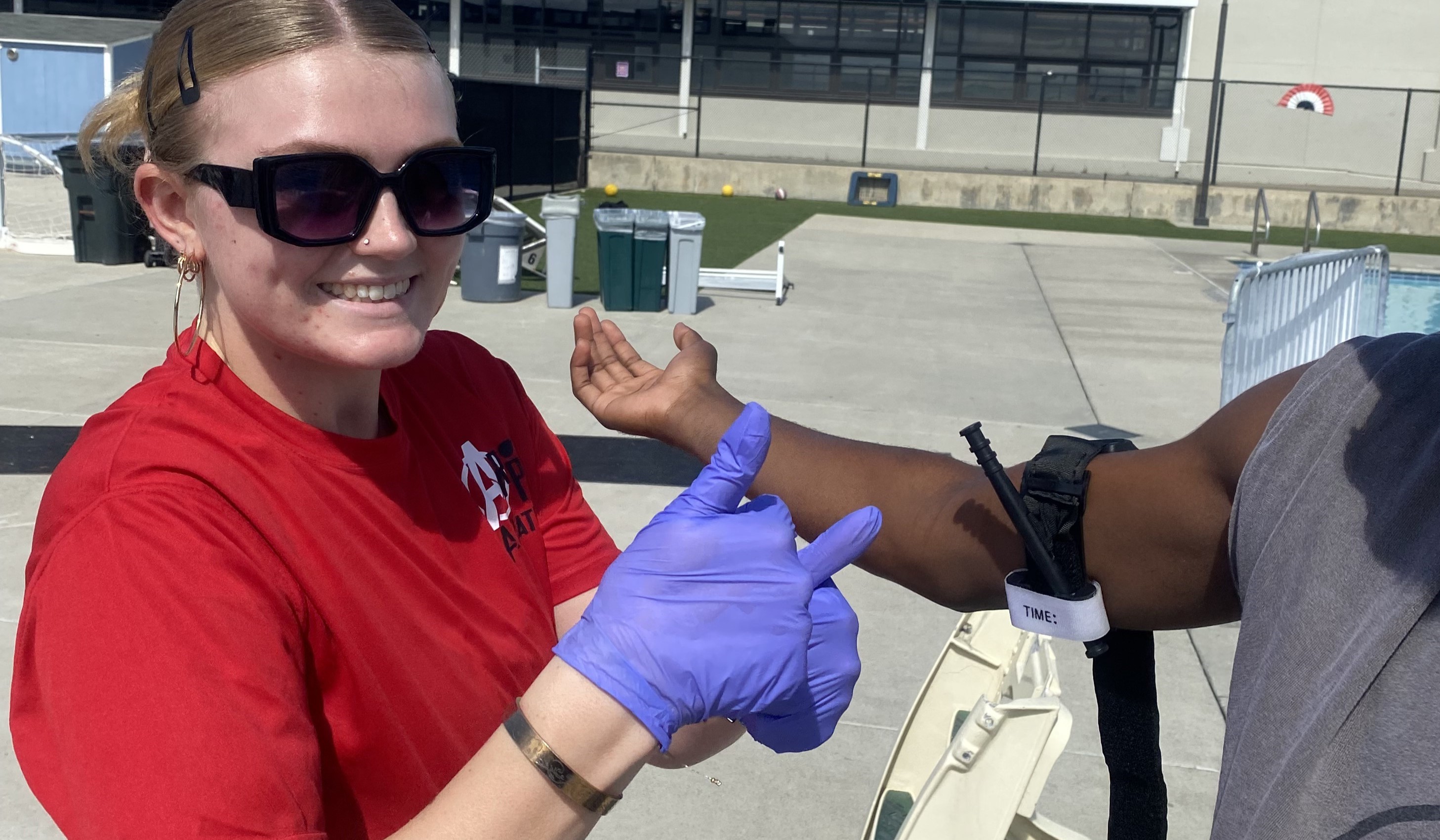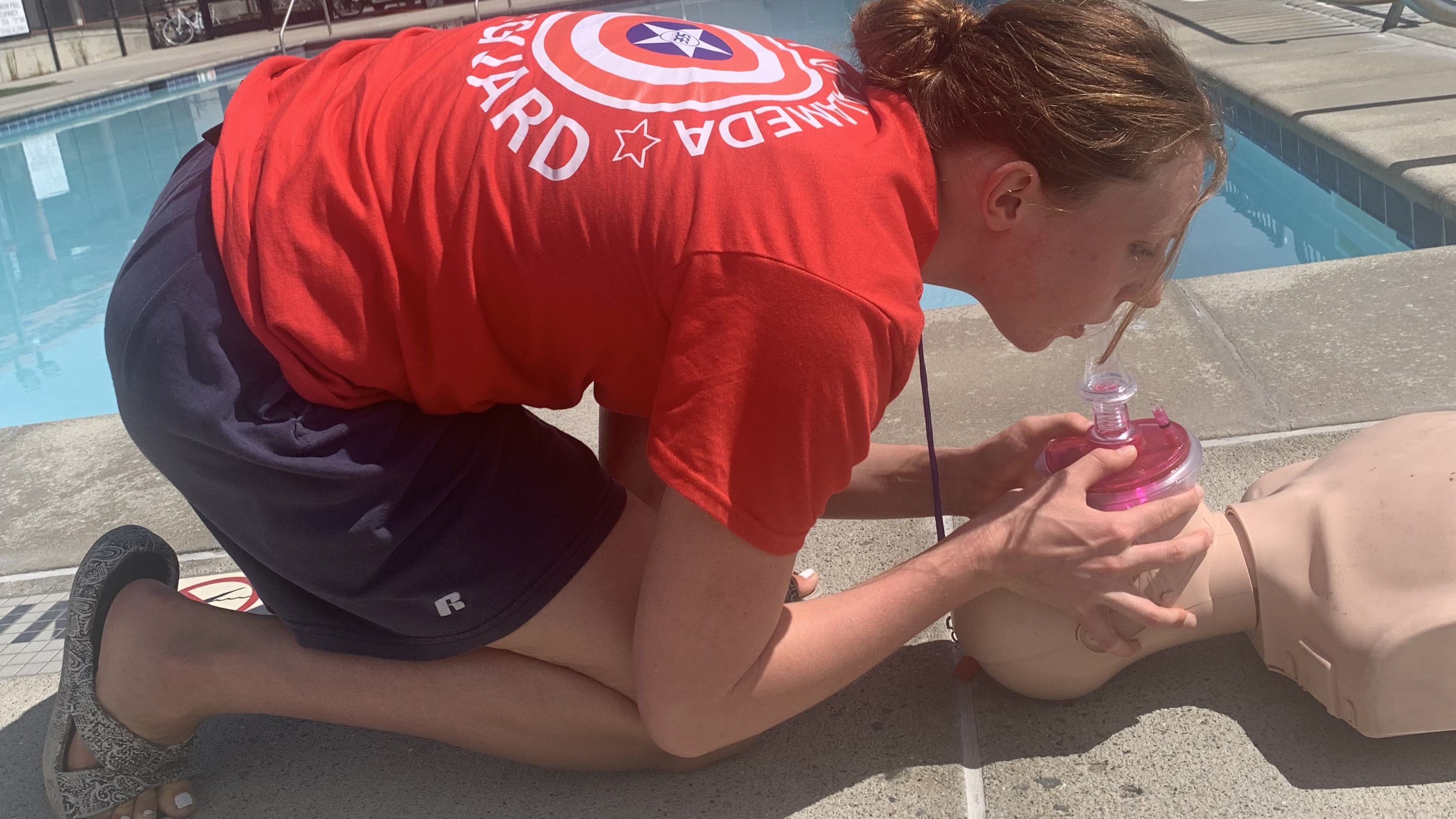Because a drowning can happen quickly, training lifeguards to be vigilant at all times while on duty is crucial to their success.
Particularly important in equipping lifeguards to be alert is effective supervision and support, along with victim recognition and emergency drills.
Vigilant lifeguards are the result of an ongoing dialogue and partnership between the lifeguards and their supervisors.
Supervisors are responsible for helping the guards fully understand and appreciate the seriousness of the role they play in protecting patrons.
To perform at their best, guards need to understand the importance and meaning of their work. This begins with an effective hiring and shadowing process that properly trains and orients new lifeguards to the department and their responsibilities.
After the initial orientation, supervisors should:
• Meet regularly with lifeguarding staff, in group meetings as well as one on one. During this time, the supervisor can deal with any issues that crop up related to general duties and performance, clarify expectations, recognize excellent performance and provide corrective feedback, if necessary.
• Use continuing education tools, such as articles, videos and case studies to emphasize the seriousness of lifeguarding.
• Provide leadership opportunities to encourage greater growth and commitment.
• Conduct unannounced videotapings of lifeguards while they are on surveillance duty. This allows guards to review and critique the effectiveness of their patron surveillance, posture and scanning.
• Conduct lifeguard quick-checks. These are quick observations and assessments of lifeguards to ensure that they are rescue-ready. Quick-checks also can be performed by nonaquatics staffers and facility patrons.
Questions to answer or mark off on a short form during the quick-checks can include: Is the lifeguard identifiable? Is the lifeguard positioned appropriately? Does the lifeguard appear to be rescue-ready? Is the lifeguard actively scanning? Is anything distracting the lifeguard?
Quick-checks can be especially beneficial if done at different times throughout the day and by multiple people rather than one individual.
Conditioning lifeguards to understand and expect that an emergency could occur at any time during their shifts can heighten their watchfulness. If they do not come to work expecting to make a rescue, they are more likely to fail to recognize or misinterpret an actual emergency.
Conducting victim recognition drills such as silhouette doll or manikin drops, or “live victim” simulation drills, during operational hours can effectively train and condition lifeguards to be keenly observant. For recognition drills to be effective, guards should be trained to recognize a drowning person and to respond during these drills — as if it were a real emergency, including activating the facility’s emergency action plan and performing a complete rescue.
Emergency drills should be held as a regular part of your training program. When conducting drills:
• Use an evaluation form to review lifeguard performance.(See Know the Drill.)
• Vary the type of victim or scenario.
• Ensure that the drill is conducted only in-house. Do not notify or inadvertently alert EMS. Also, facility patrons should be informed that this is only a drill.
• Make sure the front desk and assisting staff members practice their roles in the emergency action plan as well.
• Have someone quietly place the silhouette doll or manikin in the pool and observe the practical application of the facility’s emergency protocols.
• Time how long it takes the lifeguard to recognize the victim, to reach the victim in the water, and to move the victim safely to the pool deck and begin emergency first aid.
• After the drill, debrief with staff to determine where they excelled and where improvements are needed.
Lifeguarding is a very challenging profession that can be repetitive and exhausting. However, guards are expected to be attentive by being on alert every minute of the day.
While lifeguarding often is viewed as an entry level position, and performed by young adults, it should be treated with the same level of attention and seriousness of any emergency response professional. Do your part by providing your staff with the training, knowledge and culture they need to be professional and vigilant lifeguards.



